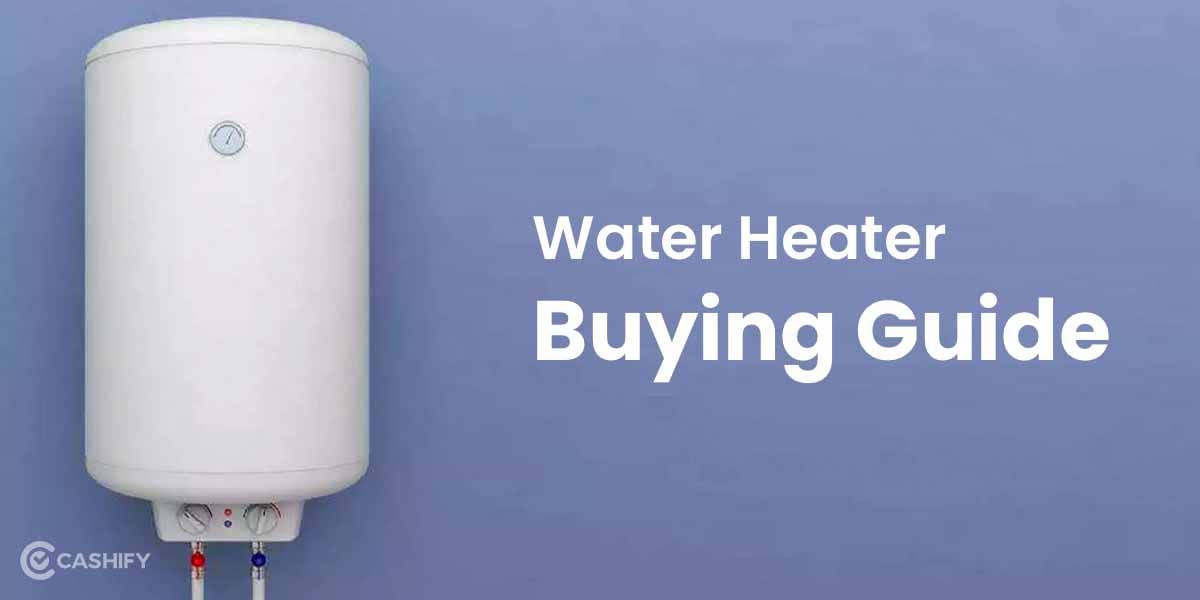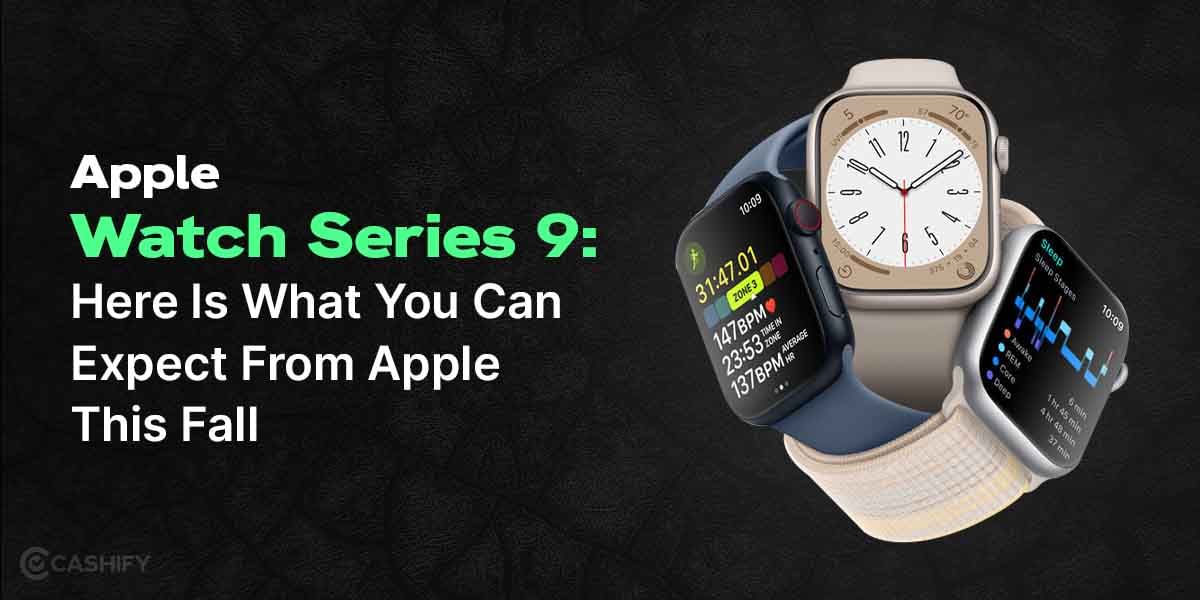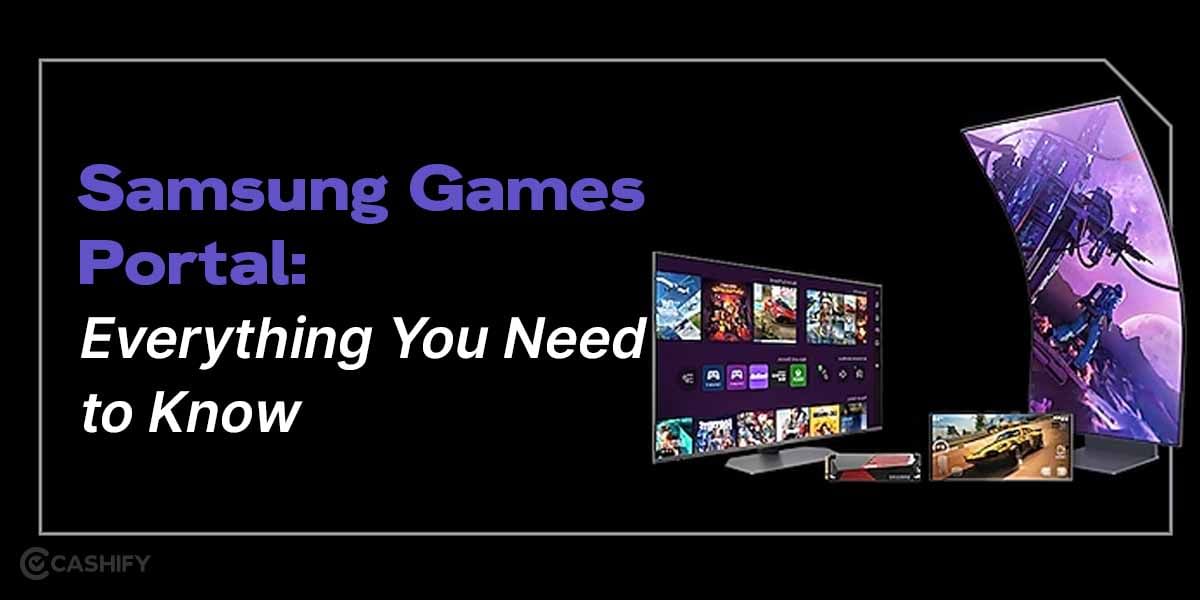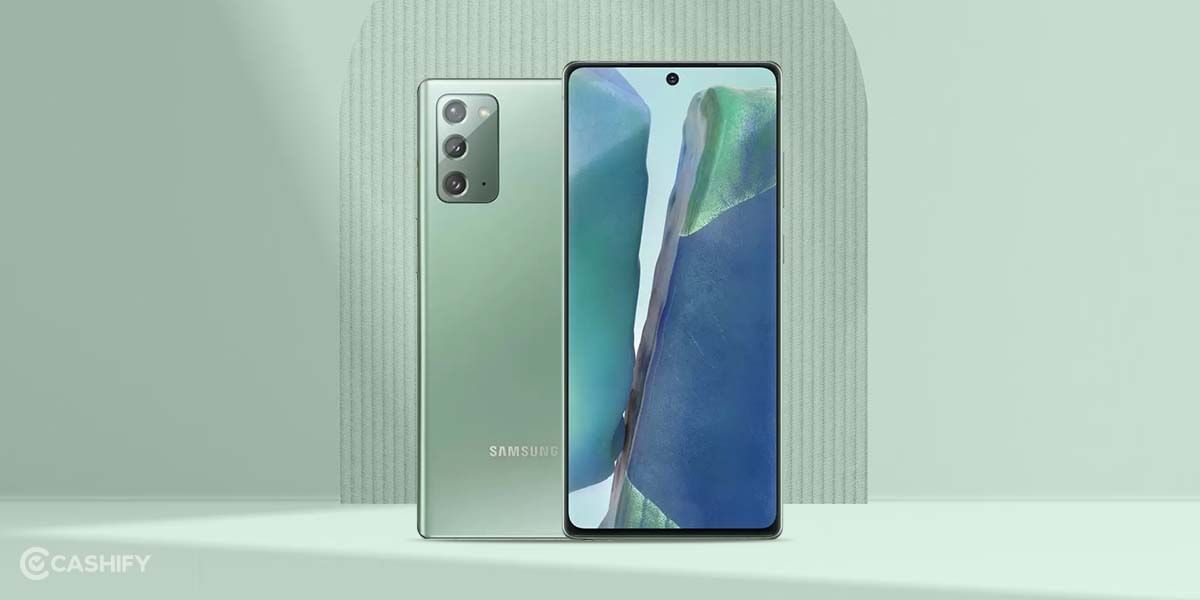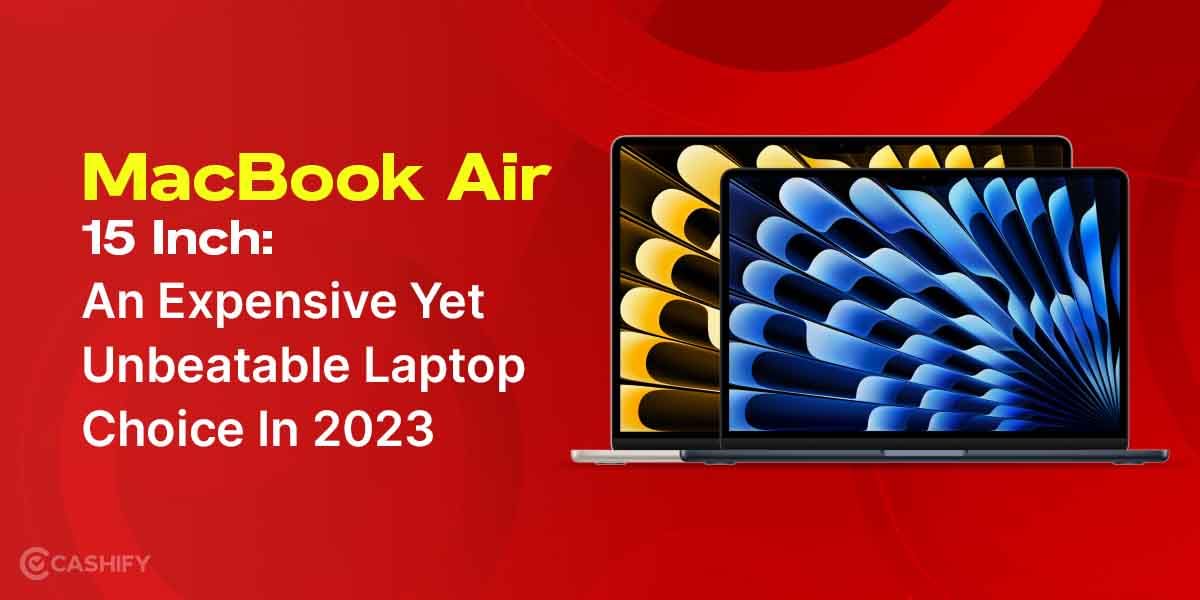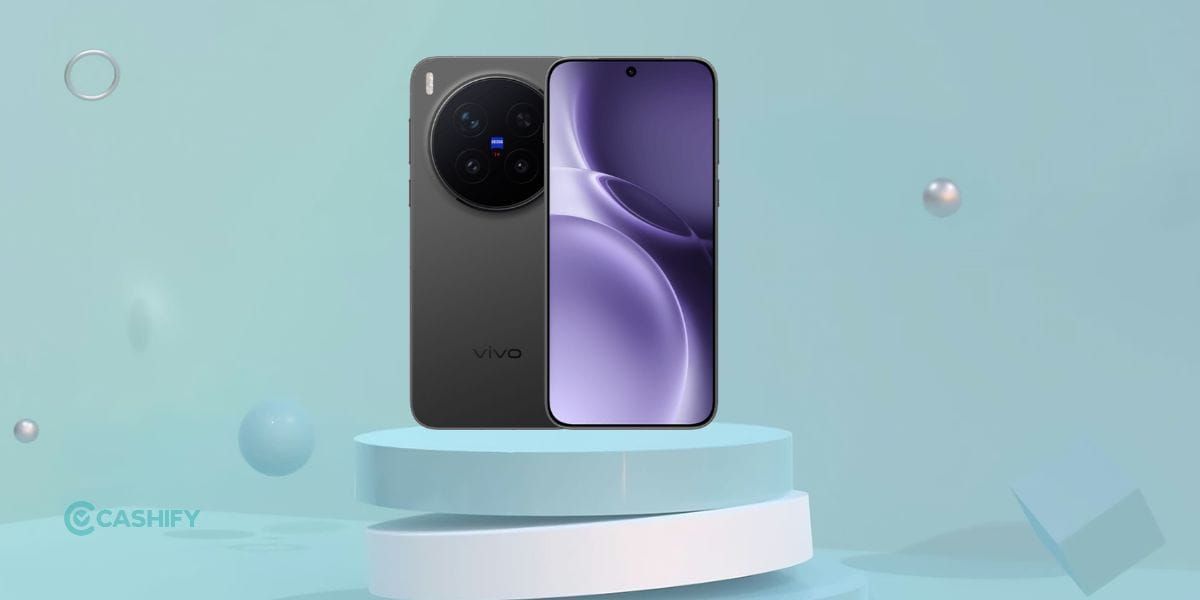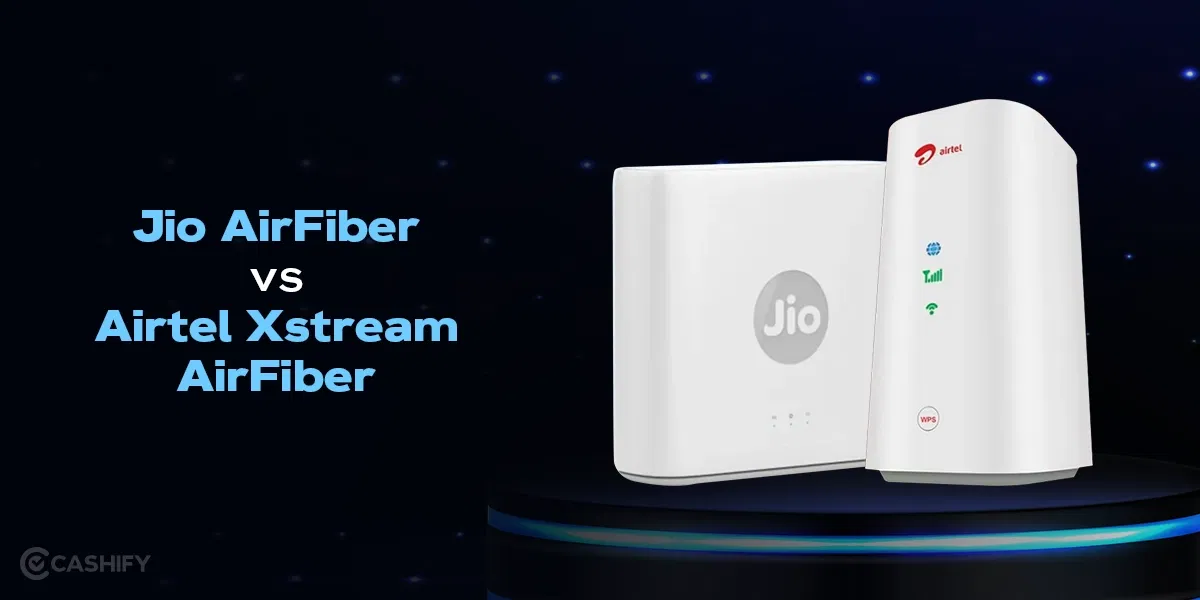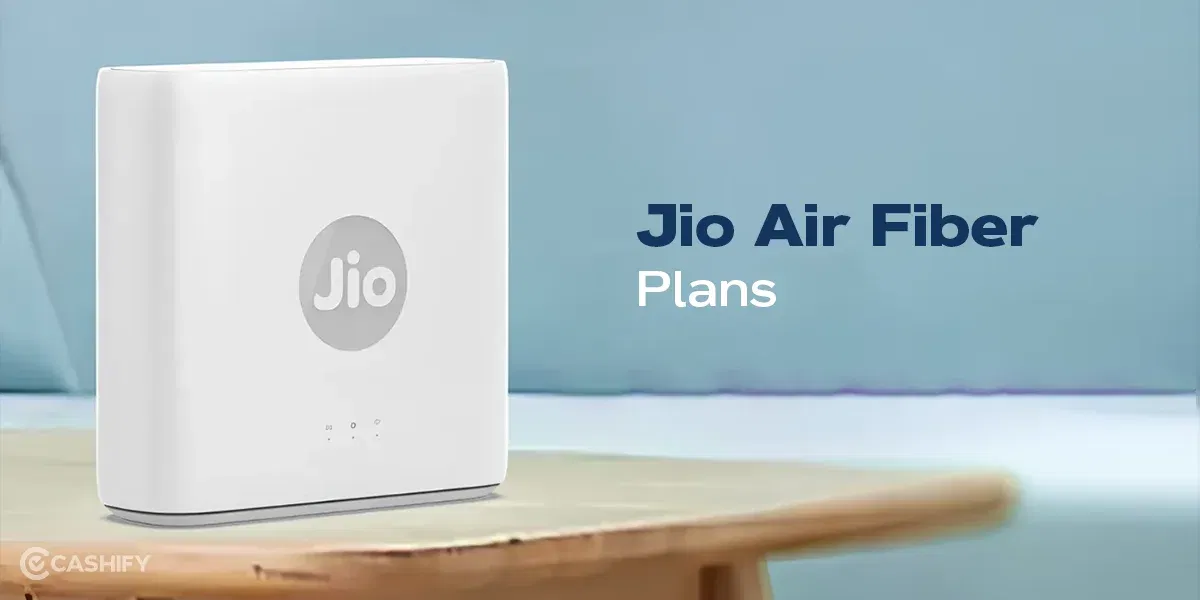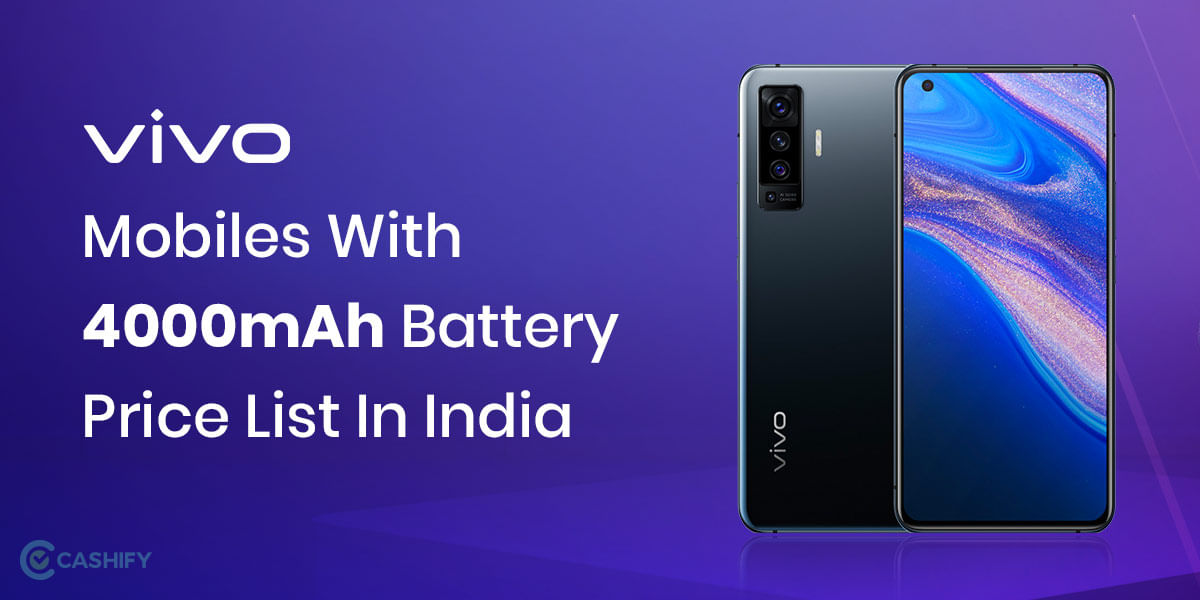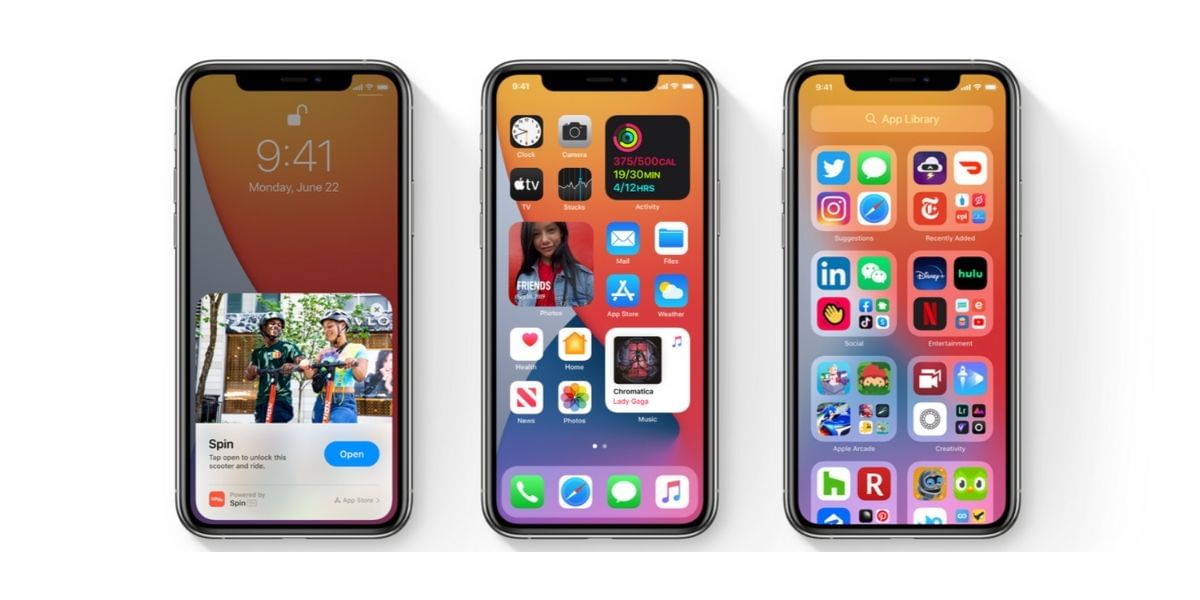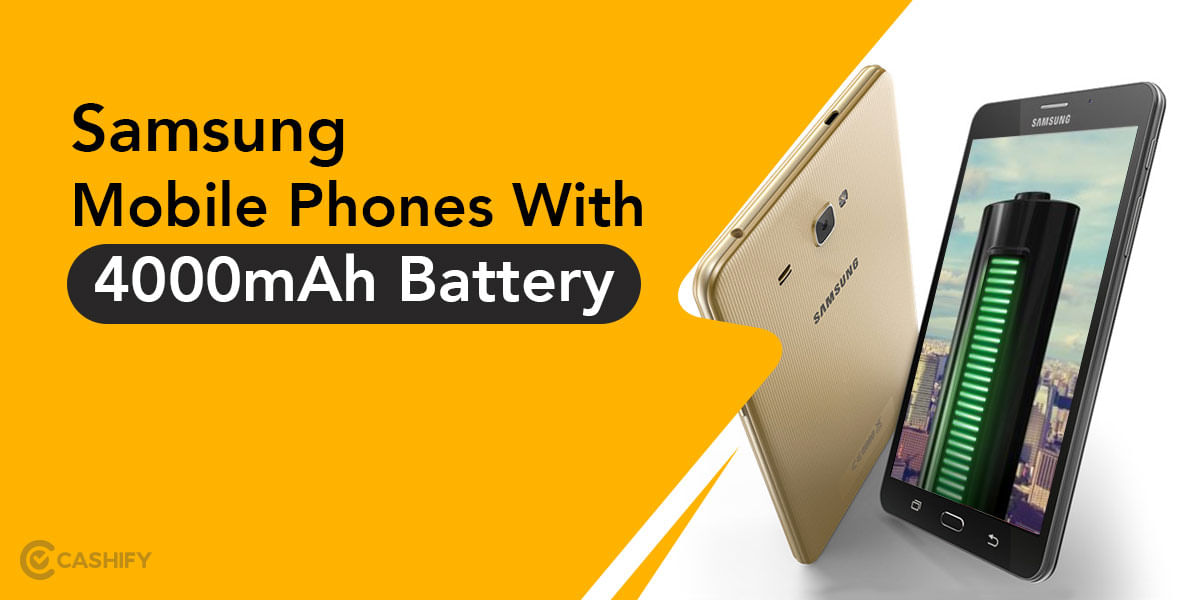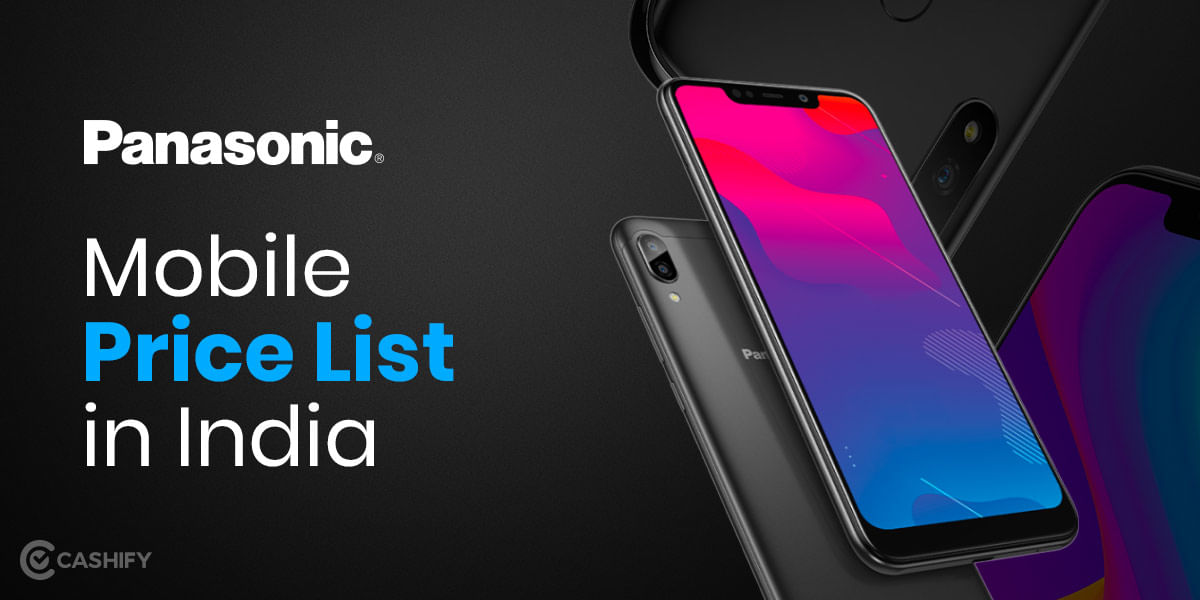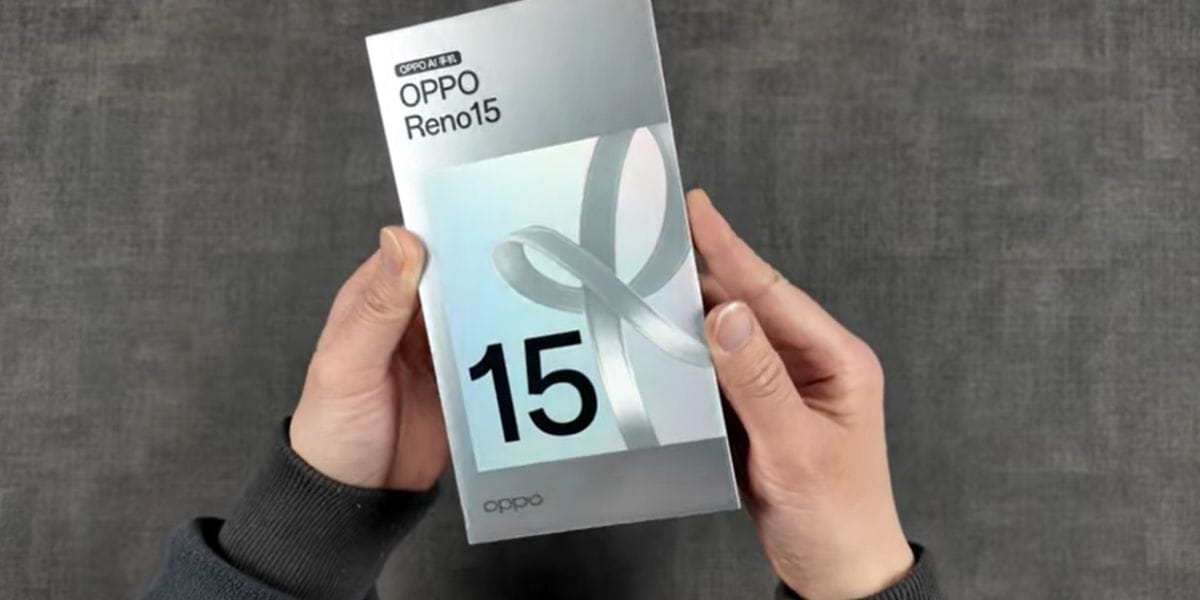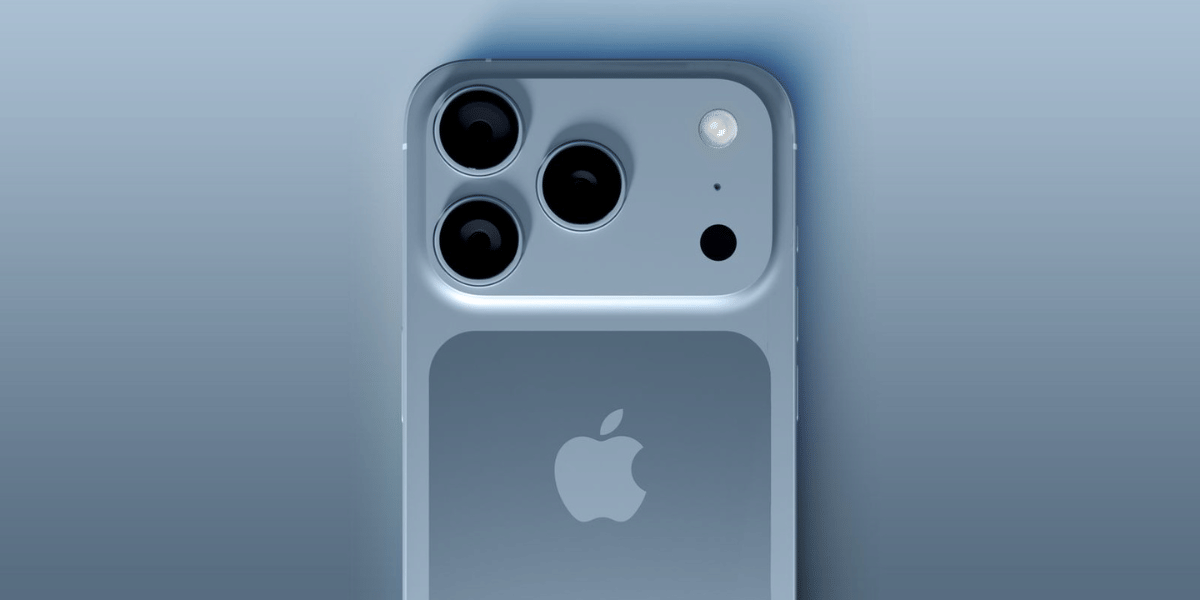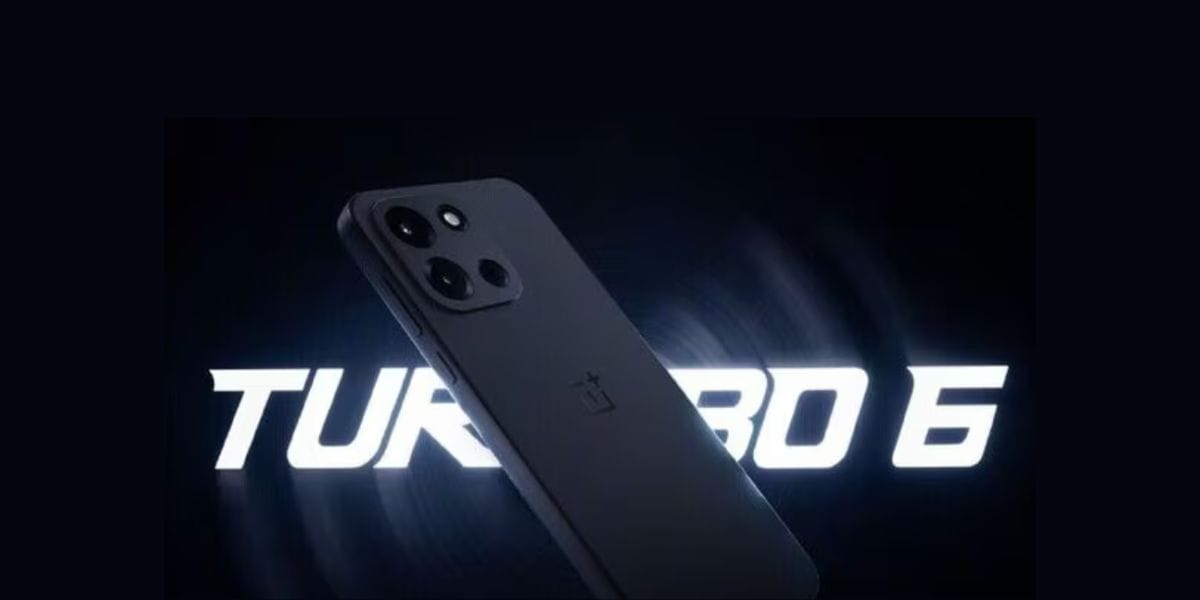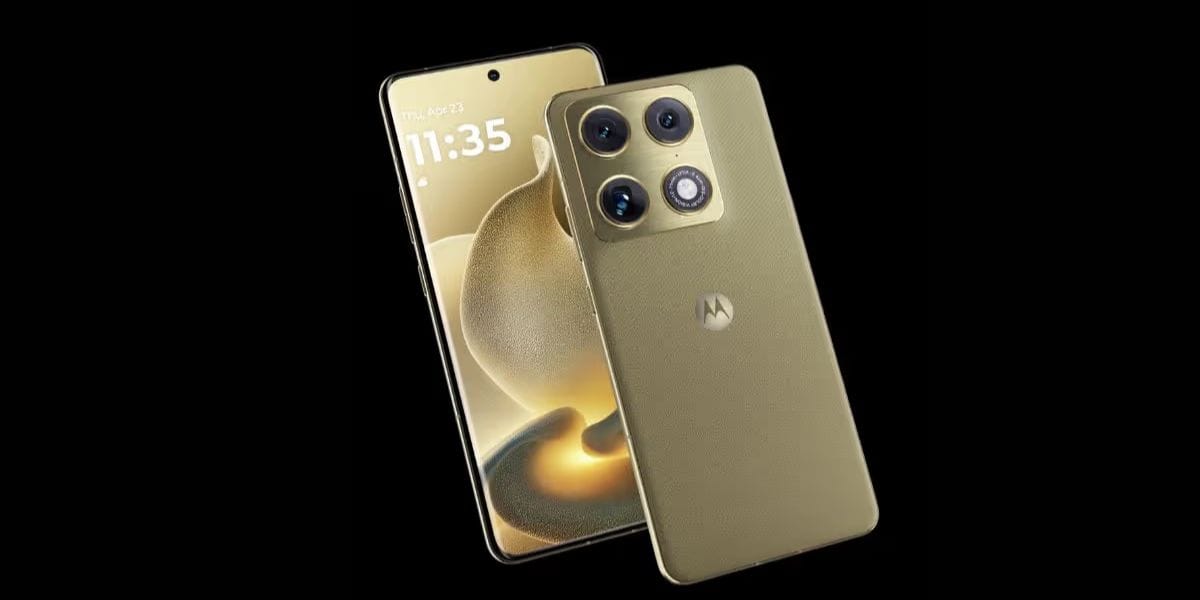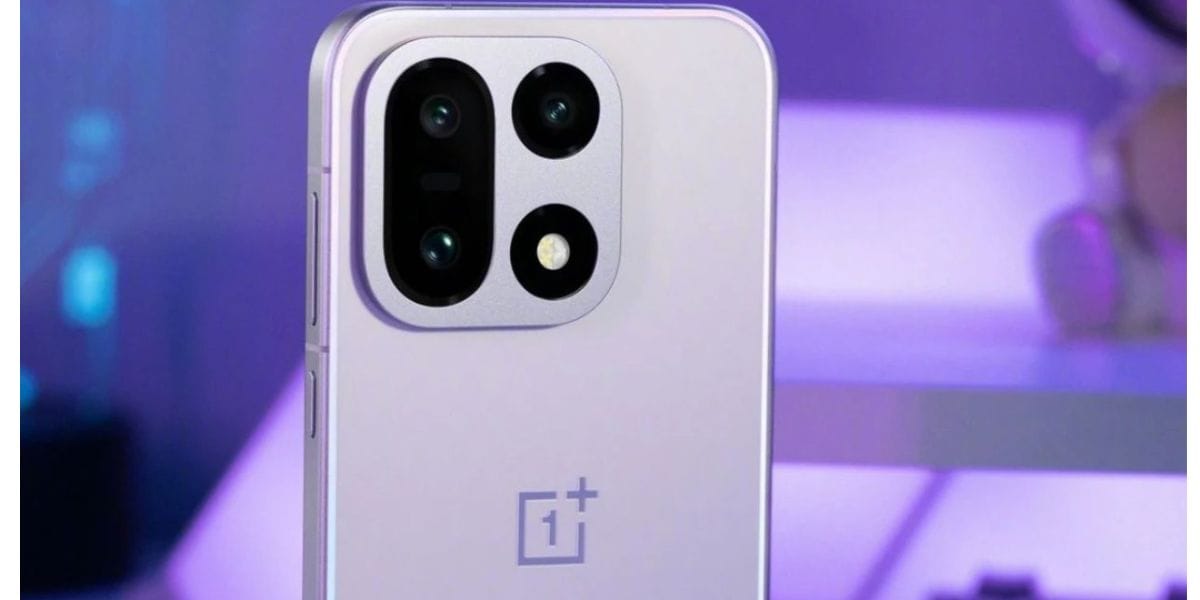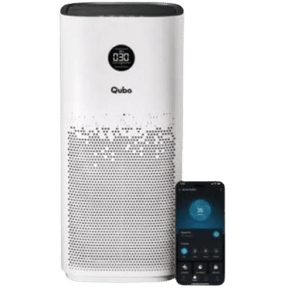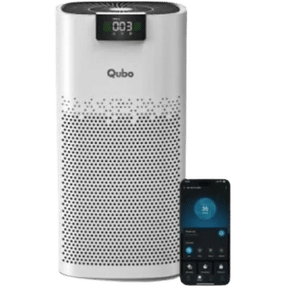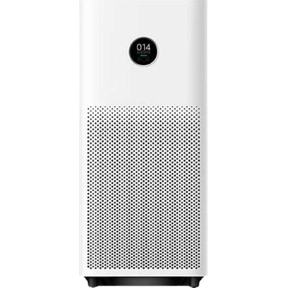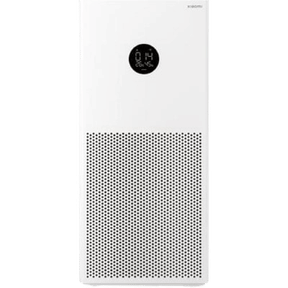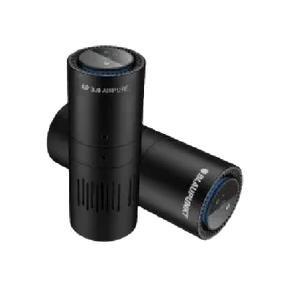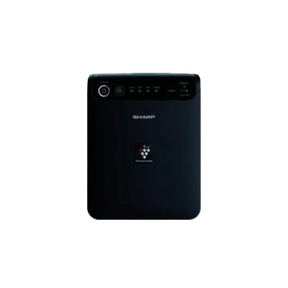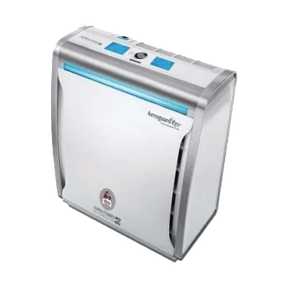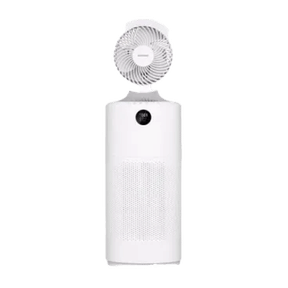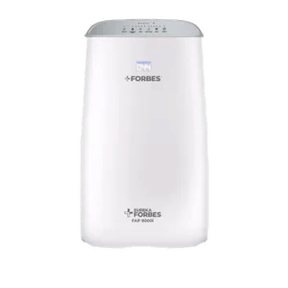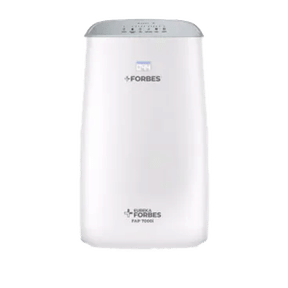Since the pandemic there has been a rise in the number of people working from home, therefore the need for air purifiers has increased. An air purifier will essentially remove any airborne pollutants from your home’s air, including smoke, pollen, and dust. Some have even been promoted as having the ability to catch particles carrying the COVID-19 coronavirus.
As a result, there are now more air purifiers available than ever. However, how can you genuinely distinguish and identify good air purifier models? Here in this Air Purifier Buying Guide, we’ll go over everything you need to know about choosing an air purifier. So regardless of your needs or budget, you can select the best air purifier for your house.
Why Is It Necessary To Buy An Air Purifier In India?
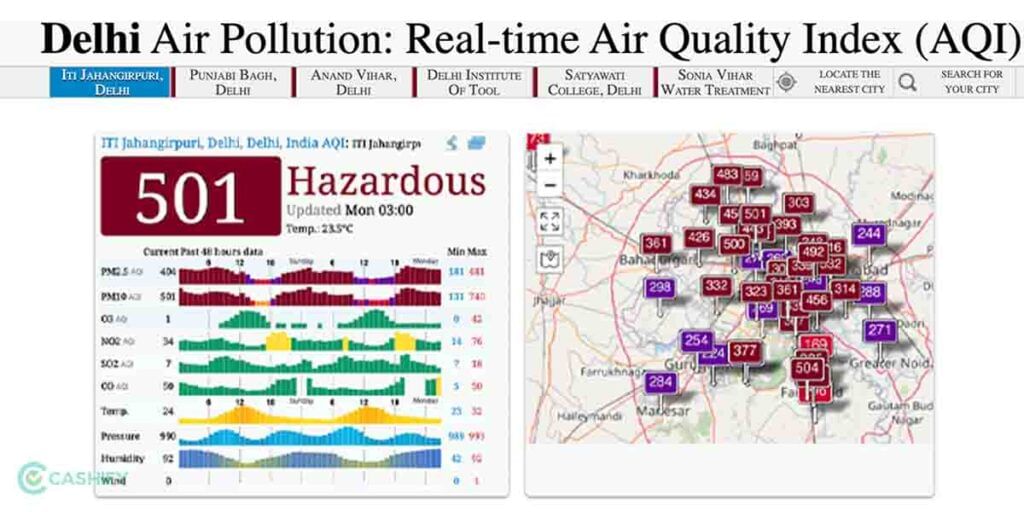
According to a recent report from the World Economic Forum, six out of the world’s ten most polluted cities are located in India. We all know how harmful air pollution is to humans, both in the short and long run. Air pollution is linked to various health-related issues such as allergies, asthma, breathing problems, burning eyes, headache, throat irritation, and even lung cancer.
And it is not just outdoor air pollution from industries and vehicles that you need to worry about. Even indoor pollution is extremely harmful. You might not know it, but indoor air pollution is the world’s largest single environmental health risk according to many health organisations. To save your family from air pollution and the risks that are related to it, a quick and easy solution is to buy and install an air purifier. And to help you make the right decision here is Air Purifier Buying Guide.
Air Purifier Buying Guide
Here are some important aspects to look out for when buying an Air Purifier and this Air Purifier Buying Guide can help you make the right purchase.
1. Types of Air Purifiers
For lowering pollution inside the walls air purifiers use a variety of methods. Some are more effective than others. Some of them may even be harmful to your health. Here are the types of Air Purifiers available in India.
HEPA Purifiers
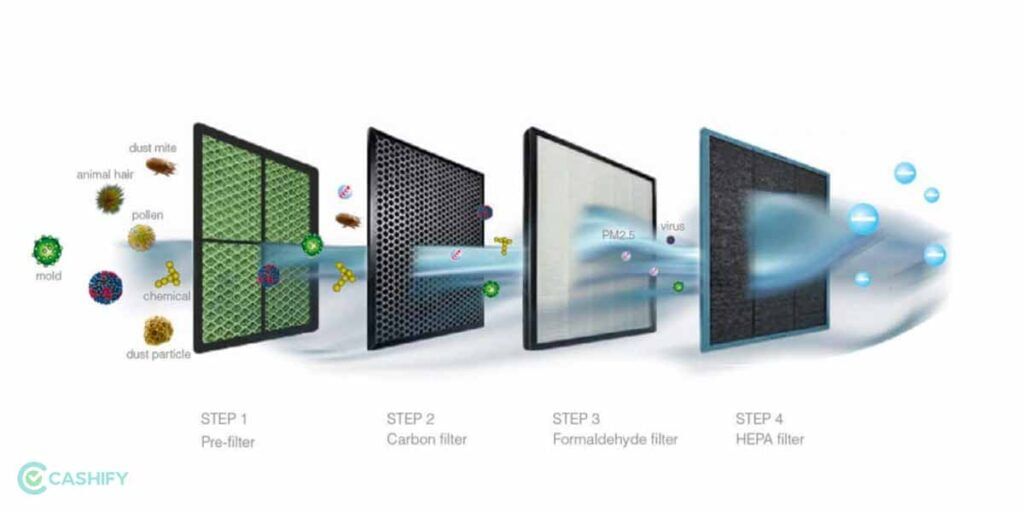
The idea behind HEPA purification technology originated with the usage of gas masks during World War II and was further developed with the help of the Manhattan Project. HEPA purifiers are a typical household item all around the world since they are a tried-and-true method of purifying indoor air.
High-Efficiency Particulate Air, or HEPA, is a filtration standard used to remove small particles. A filter must remove 99.97% of particles with a diameter of 0.3 microns in order to meet HEPA criteria; with even greater filtering effectiveness for larger and smaller particles.
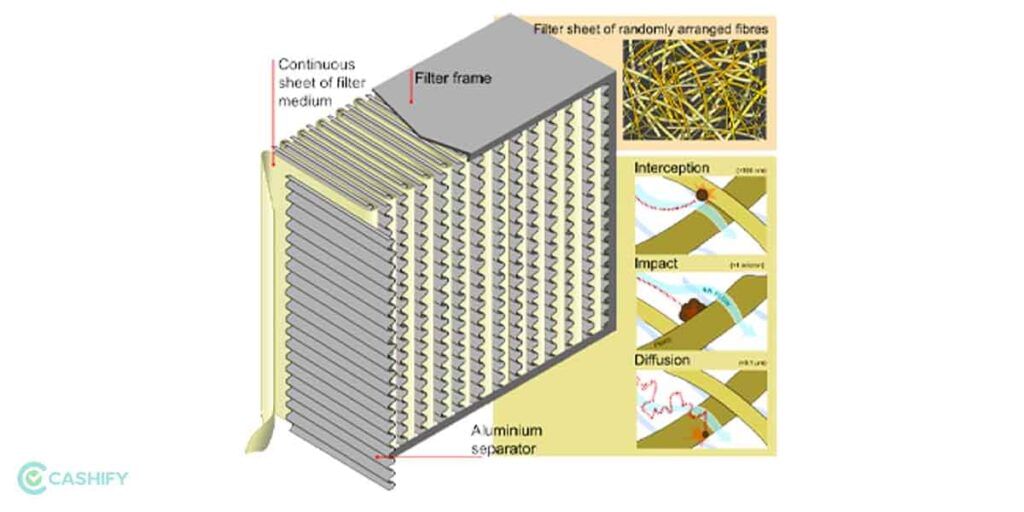
HEPA purifiers start by pulling contaminated air into the filter using a fan. The air then flows through a filter, typically constructed of fibreglass, where airborne particles are caught in a web of fibres that resembles a maze. Various particles interact with the fibres by adhering to them (interception), impaling themselves in the fibres (impaction), and being redirected by other airborne particles or even gas molecules (diffusion).
The last component, known as diffusion, is especially important for trapping particles smaller than 0.1 μm. Because these particles are quite small, they could just fly through the filter without sticking to any of the fibres. However, because their “flight path” is interrupted by other particles, their trajectory becomes zigzagged, increasing the likelihood that the particles will get trapped by the other two methods.
The zigzagging path of tiny particles is due to Brownian motion, the random motion of particles in a fluid (in this case, air). After the air passes through the filter, it is pumped back out into the room, and the purifier draws in more polluted air to purify. Eventually, most of the air in the room will cycle through the purifier, decreasing particulate matter levels dramatically.
If you chose to go with a HEPA purifier then Dyson Pure Cool Link Tower Air Purifier TP03 is the one best suited for your needs. The Tris-coated activated carbon filter and 360-degree glass HEPA filter used by the Dyson Pure Cool Link Tower Air Purifier can remove 99.95% of allergens and pollutants that are as small as 0.1 microns. It features a premium design and costs around Rs. 27,900.
Adsorbent Purifiers
Adsorbent purifiers, which are mostly made up of activated charcoal, they capture contaminants and aromas that can be floating around your home. Adsorbents are used in different environmental cleanup initiatives due to their capacity to absorb hazardous chemicals.
Adsorbent purifiers use compounds called adsorbents, which draw contaminants to their surface through physical or chemical processes instead of depending on a mechanical process like HEPA purifiers.
Electrostatic forces (van der Waals) between molecules are used in physical adsorption to draw polar substances like water to polar adsorbents and non-polar substances to non-polar adsorbents. Substances chemically bond with the adsorbent during chemical adsorption (chemisorption). But as chemical adsorption is largely irreversible, this process is really useful to remove dirt particles.
Philips High-Efficiency Air Purifier is another example of an air purifier that uses both a HEPA filter and activated carbon to filter air. It is capable of removing 99.97% of airborne contaminants and has a Clean Air Delivery Rate (CADR) of 333 cubic metres per hour. It comes with a sleep mode that lowers the fan speed to reduce noise and promote a restful night’s sleep. You can get the air purifier for the price of Rs. 14,999.
Ozone Purifiers
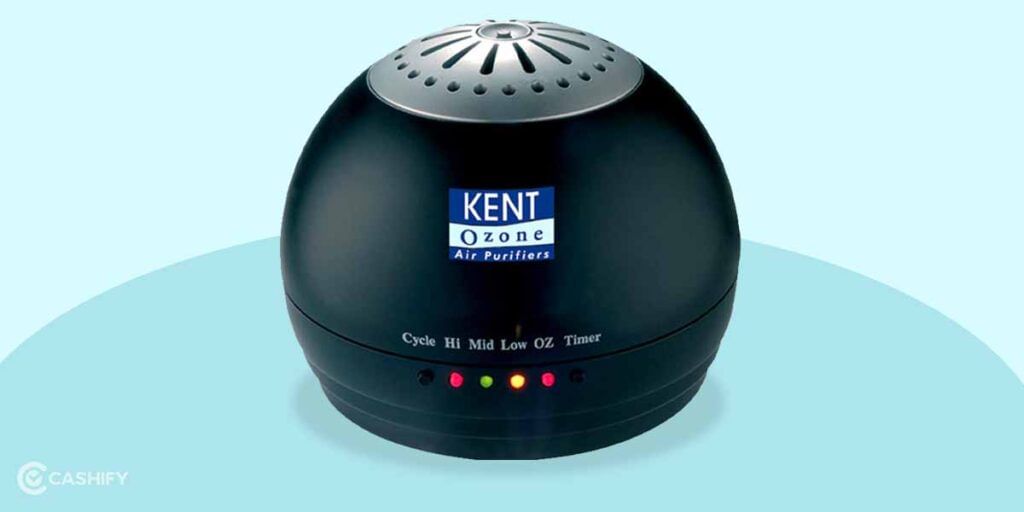
Ozone (O3) is a gas that is purposefully produced by ozone air purifiers. Health experts have disputed these claims, and no federal agency has approved these devices. Despite the fact that many claims are made to the public to suggest that these gadgets are secure and efficient at reducing indoor air pollution. Ozone exposure may exacerbate asthma symptoms, and at high enough concentrations, lung damage may result.
The amount of ozone that each type of ozone air purifier can create varies. Many of the chemicals used in indoor environments don’t work very well since they take months or years to react with ozone. Additionally, since ozone does not remove dust and pollen particles. The majority of ozone air purifiers also feature negative ion technology, which, as was already mentioned, just masks the air rather than truly cleaning it. Ozone air cleaners may slow the growth of some biological agents, according to studies, but they are unlikely to completely purify the air.
Why to avoid Ozone based Air Purifiers?
Ozone is a highly toxic gas for people. The respiratory and visual systems are particularly vulnerable to lung irritation caused by ozone. Unfortunately, ozone also kills viruses and germs in the air. This is the rationale behind the invention of Ozone air purifiers by numerous manufacturers. In reality, they have produced Ozone generators and are marketing them as Ozone air purifiers.
These ozone air purifiers periodically emit ozone into the atmosphere. Ozone is predicted to eliminate all airborne germs and viruses. Yes, that is true, but your health will suffer greatly as a result. On the market, there are several Ozone generators made by well-known names that should be avoided.
Negative Ion Air Purifiers
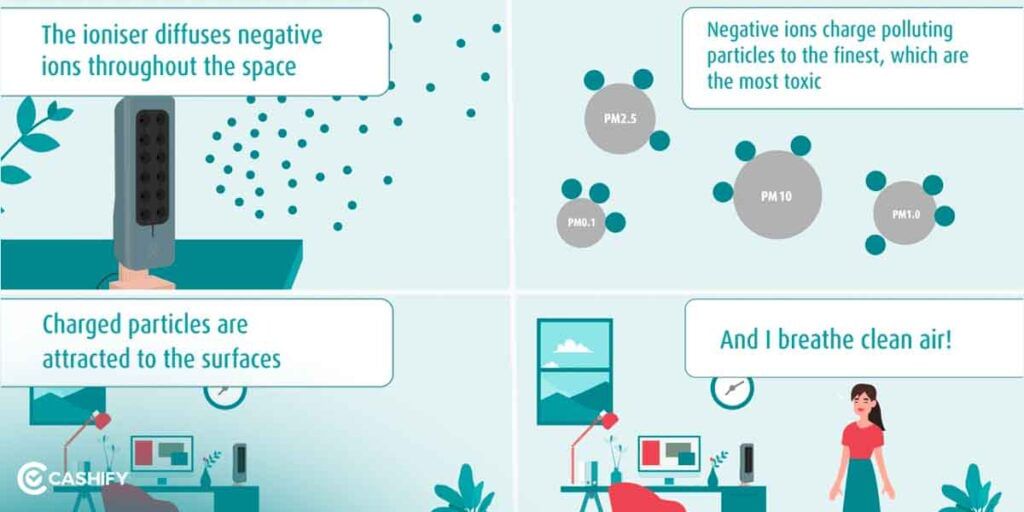
Chemical injections are used by negative ion air purifiers to clean the air. A natural particle known as an ion can have a positive or negative charge. They gain or lose electrons to acquire this charge. Simple oxygen atoms that have gained an electron are known as negative ions. Until the freshly produced particle is too heavy to remain in the air, they magnetically attract airborne particles like pollen and dust. As a result, the particle drops and attaches to a window or wall or another sturdy object in the space.
Despite having a sophisticated appearance, this technique has been shown to be less efficient than other air purifier methods. Negative ion air purifiers don’t actually clean the air; they just mask it. Unfortunately, this kind of air purifier is unable to remove or absorb dangerous airborne particles.
Instead of totally removing the airborne particles, the negative ion simply removes them from the air and transfers them to the surrounding solid objects in the room, including the walls. They have the capacity to become loose and circulate back into the air when they adhere to walls and other surfaces. Therefore, these particles have not been cleaned or removed by the negative ion air purifier, and there is a good risk they may contaminate the air once more.
2. Choosing the right Air Purifier for your room size
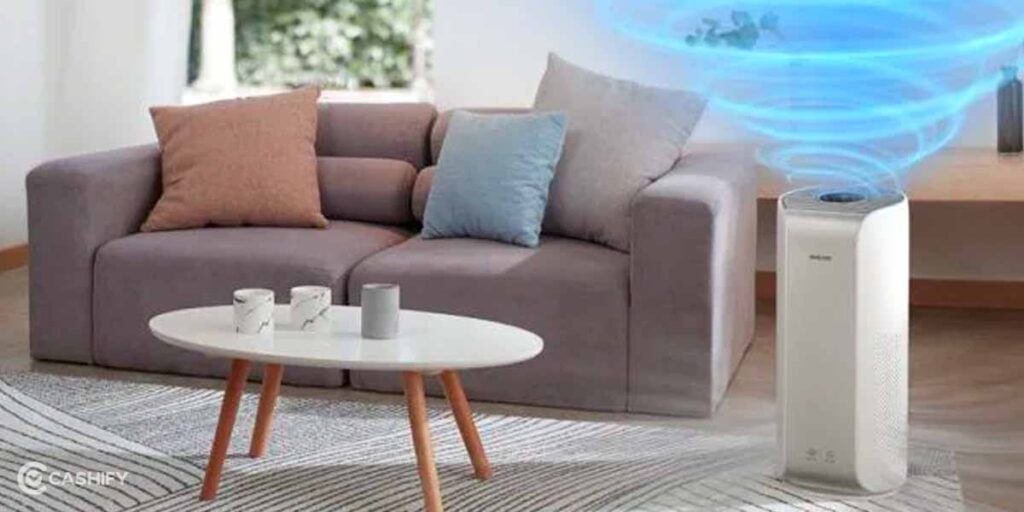
Identifying the area you want your air purifier to clean is the first step in filtering out air purifiers. Large living spaces require larger, more efficient air purifiers, which may be overkill in your child’s bedroom.
Most brands have specified the effective coverage area for every particular air purifier model. In India, the standard size of bedrooms ranges from 200-300 sqft and living rooms range from 300-500 sqft. So make sure the advertised coverage area is ideal for the room in which you are planning to place the air purifier.
Also Read: Best Dyson Air Purifiers In India
3. What Is CADR (Clean Air Delivery Rate) In Air Purifiers?
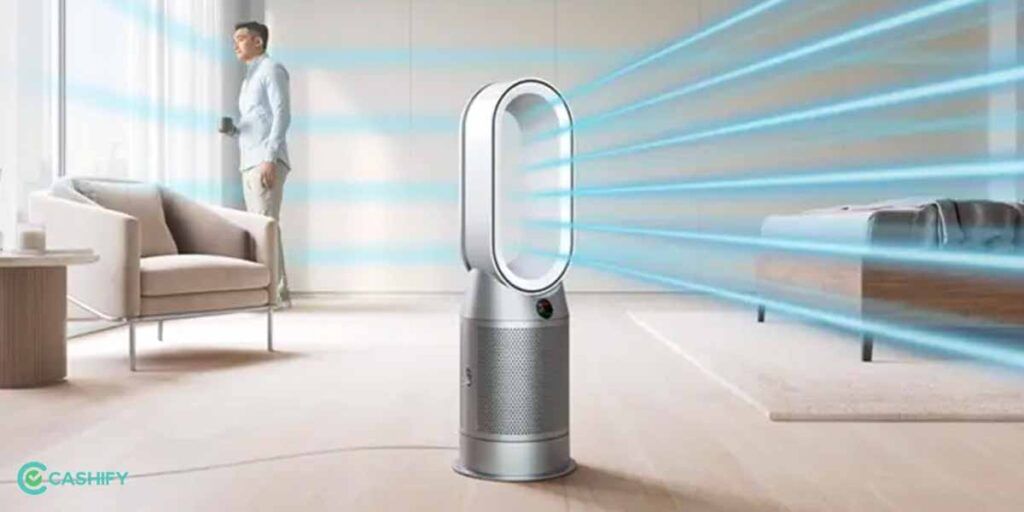
The Clean Air Delivery Rate, or CADR, on an Air Purifier shows how effectively air purifiers remove certain indoor pollution. Pollen, smoke, and dust are the three contaminants that are measured. These three contaminants are the ones which are most important. As a buyer first, you need to determine which air purifiers would be the most effective for the room and this is where an Air Purifier Buying Guide can help. To do this the best way is to compare the CADR ratings of each air cleaner. The CADR indicates how well the air purifier will work to eliminate the pollutant from the space. As a consumer, you can simply consider how effective an air purifier will be based on the CADR rating instead of the filtering technology used.
The CADR metric is measured in CMH (㎥/hour) or CFM (cubic feet per minute) and ranges from 100㎥/hour to 500㎥/hour. To measure the optimal CADR metric for your room, just simply divide the sq. ft. area of the room by 1.55 and you will get the required CADR for that particular room.
4. Make Sure to check ACH
The number of Air Changes per Hour indicates how frequently an hour’s worth of air will filter or change. The amount of air that will be added, evacuated, or exchanged within a room or building is measured using “Air Exchange Rate” (ACH) or “Air Change Per Hour” (ACPH), and it is a crucial aspect of indoor air quality. ACH measures how well indoor air is replaced once an hour in any particular location.
Looking at “air changes per hour” is one method of determining the greatest fit. The specifications of your air purifier may include this metric. It can help you comprehend how filtration actually operates because a smaller air purifier could change the air eight times in an hour in a 350-square-foot room but only four times in an hour in a 700-square-foot space.
5. More Essential Features To Consider – Air Purifier Buying Guide
Fan Speed Adjustment, Turbo Mode, & Sleep Mode
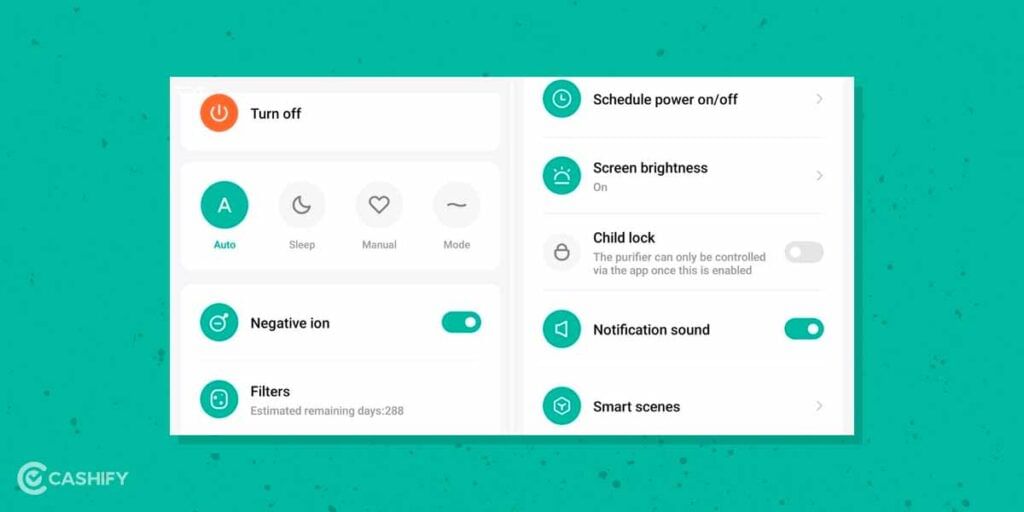
In order to control how quickly it cleanses the air in the room or lower its fan speed when it’s not necessary to operate it at full blast, an air purifier should also allow you to modify the fan speed. For instance, if the air purifier is operating at its maximum fan speed while you are sleeping in your bedroom, you can find it bothersome. In these circumstances, you could activate Sleep Mode, which automatically lowers the fan speed and lowers the fan noise to under 20dB (which is considered quiet enough to not disturb sleep).
Depending on the air quality in the room, some air purifiers automatically change the fan speed. Depending on the time of day and the quality of the air in the room, they can also automatically switch between “Normal,” “Turbo,” and “Sleep”.
AQI & PM2.5 Indicator
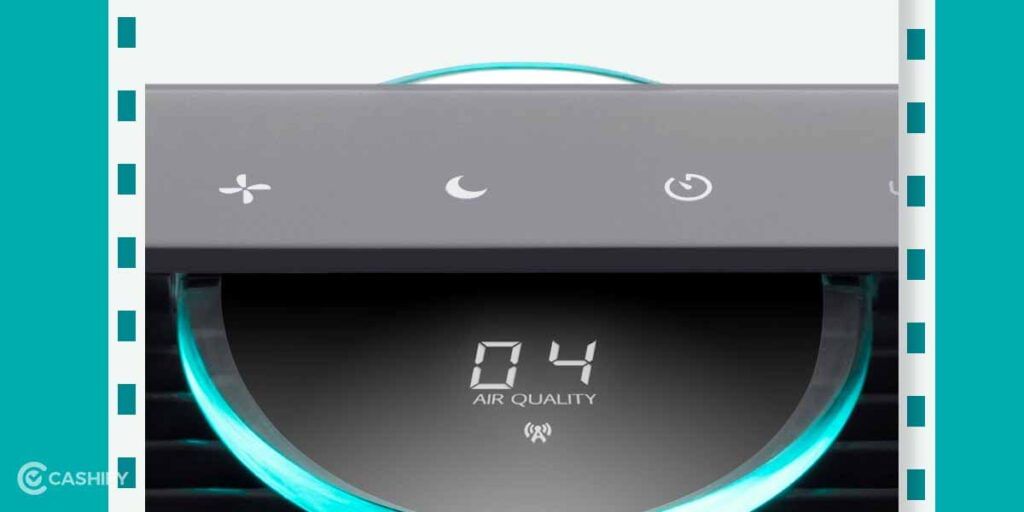
This is the most important feature that you should look out for as it gives a real-time update on the air quality of your room. The AQI displays the PM2.5 levels in your room. And it gives an idea of how effective the air purifier is running.
Filter Replacement Indicator
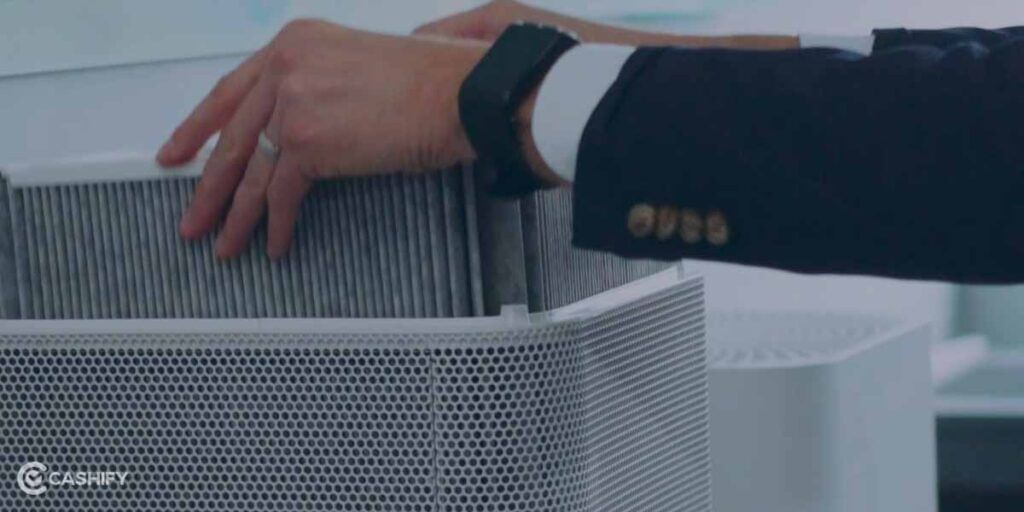
An indicator notifying you to replace your filter is another important feature that you should consider. This is essential as the air filters wear out with time and users might forget to replace the filter. Most air purifiers either have a small screen to display AQI or filter replacement indicators. Or in some budget variants, a LED light simply notifies air filter replacement.
6. Operating cost of Air Purifier in India
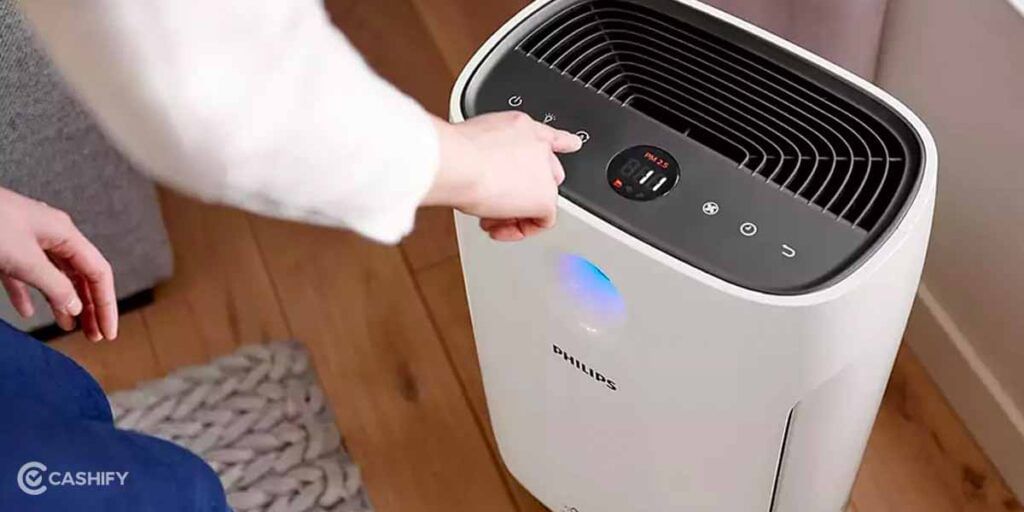
It is wise to estimate the operating and maintenance costs before making an air purifier purchase. HEPA filters need to be replaced once a year and activated carbon filters every three months. HEPA filters cost about Rs. 3,000, while activated carbon filters range in price from Rs. 1,000 to Rs. 3,000. These are only the filter costs. It is preferable to contact the manufacturer and ask how much they charge for routine house visits, cleaning, and maintenance. If a few of the spare parts get damaged, the cost and viability of replacing them become crucial.
7. Longer Warranty & Faster Service Is Appreciated
The majority of air purifiers come with simple instructions on how to change the filters, allowing any consumer to do it. In the event that something goes wrong, you will need technical assistance from the brand to fix the issue. If the air purifier is still under warranty, you may be able to get some issues corrected without charge. Therefore, pick a brand that has quicker servicing in your location and longer warranty periods. When it comes to air purifier quality, brands like Blue Star, Daikin, Dyson, Eureka Forbes, Philips, and Xiaomi are recommended.
Also Read: Best Air Purifiers For Cars In India
How to Get the Most Out of Your Air Purifier
Regularly clean or replace filters
A filthy filter prevents an air purifier from operating effectively. Every six to twelve months for pleated filters and every three months for activated carbon filters. You should typically replace or clean filters that can be vacuumed.
Place it carefully
Put your single unit in the space where you spend the most time if you just have one. That is typically the bedroom. If you want an air purifier in more than one room, you might want to buy a unit for each room. Place the air purifier away from drapes, for example, and in a location where nothing can restrict airflow.
Change the speed
We advise running the unit on its high-speed setting when you’re not in the room. And turning it down to low when you’re close by to prevent noise interruptions. Alternatively, invest in an air purifier that is approved for a bigger space so you may operate it at a moderate speed and still get good results.
This sums up this Air Purifier buying guide and hope it helps you make the right purchase.
Also Read: Water Heater Geyser Buying Guide




